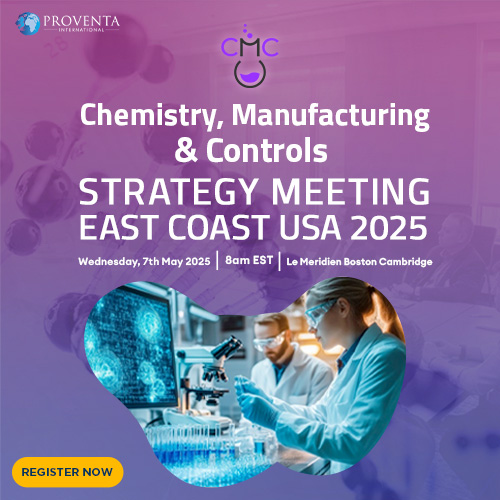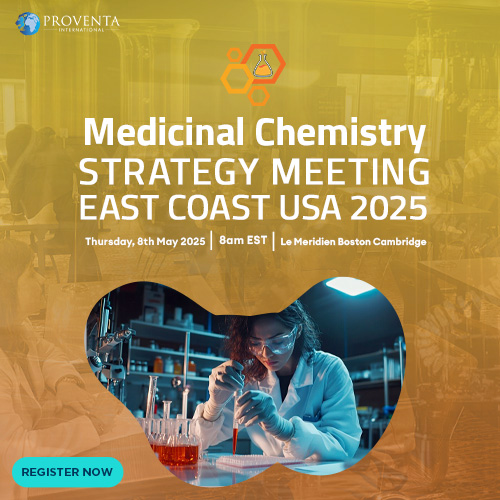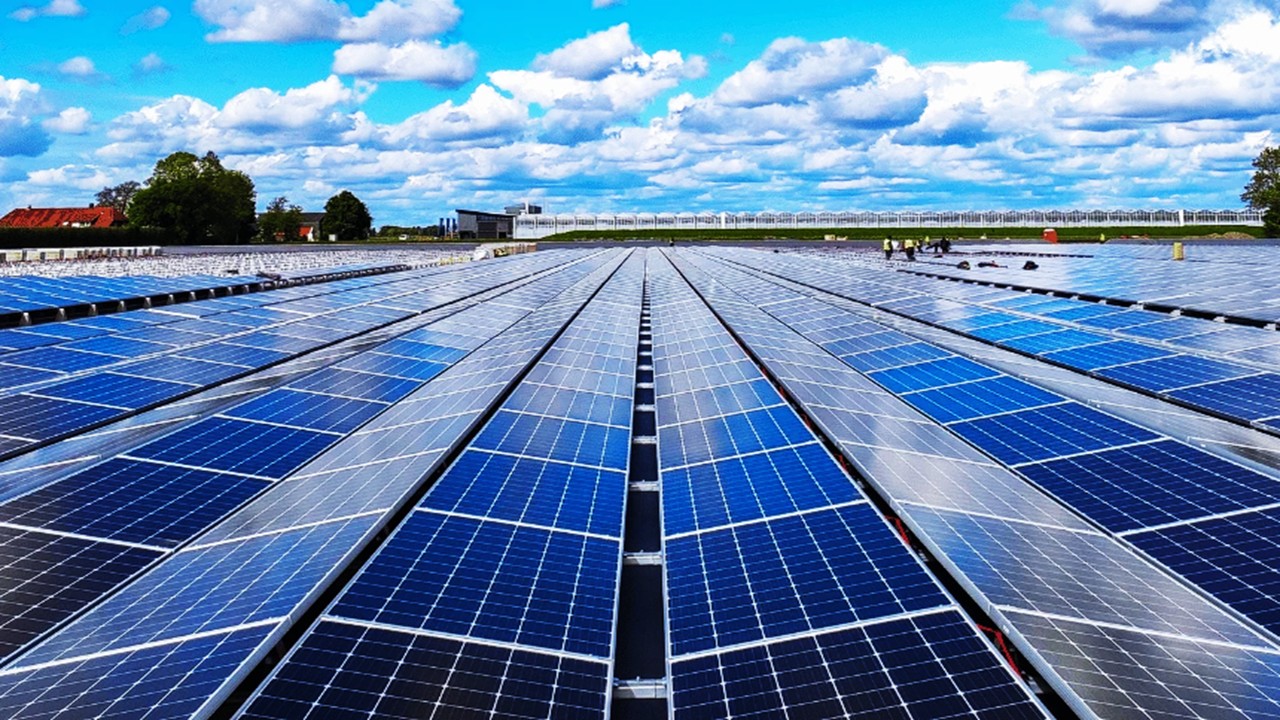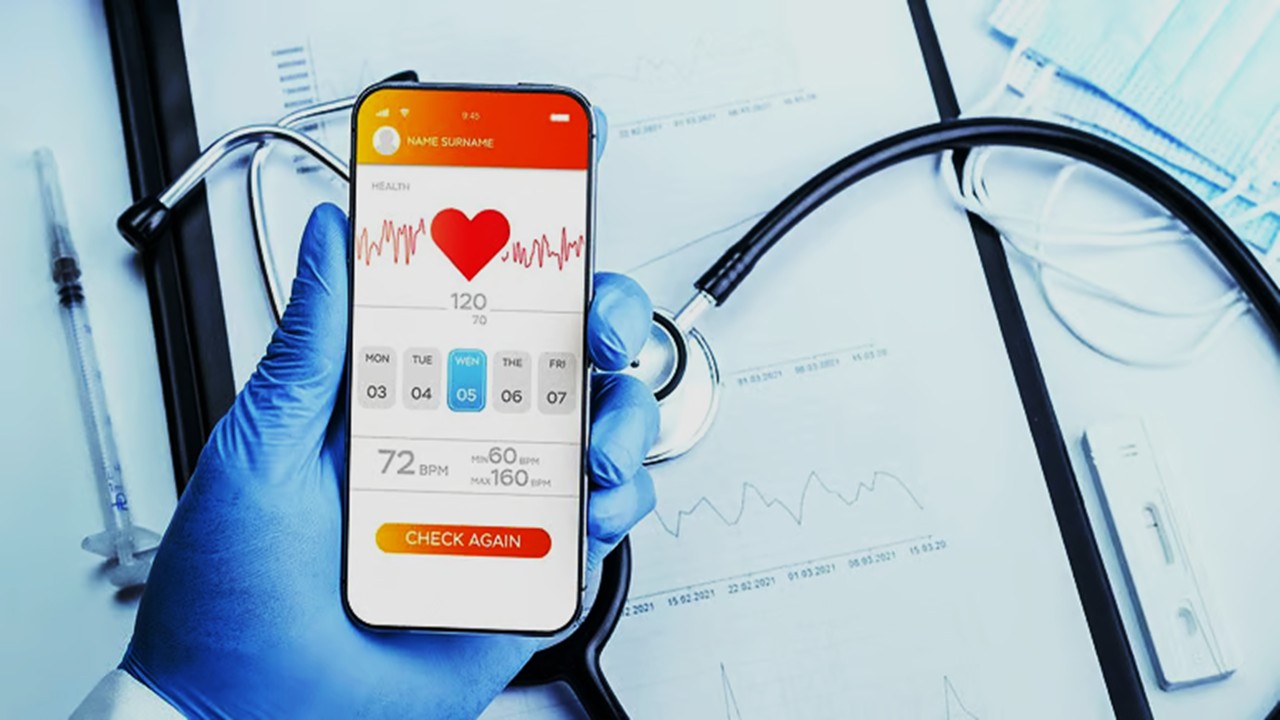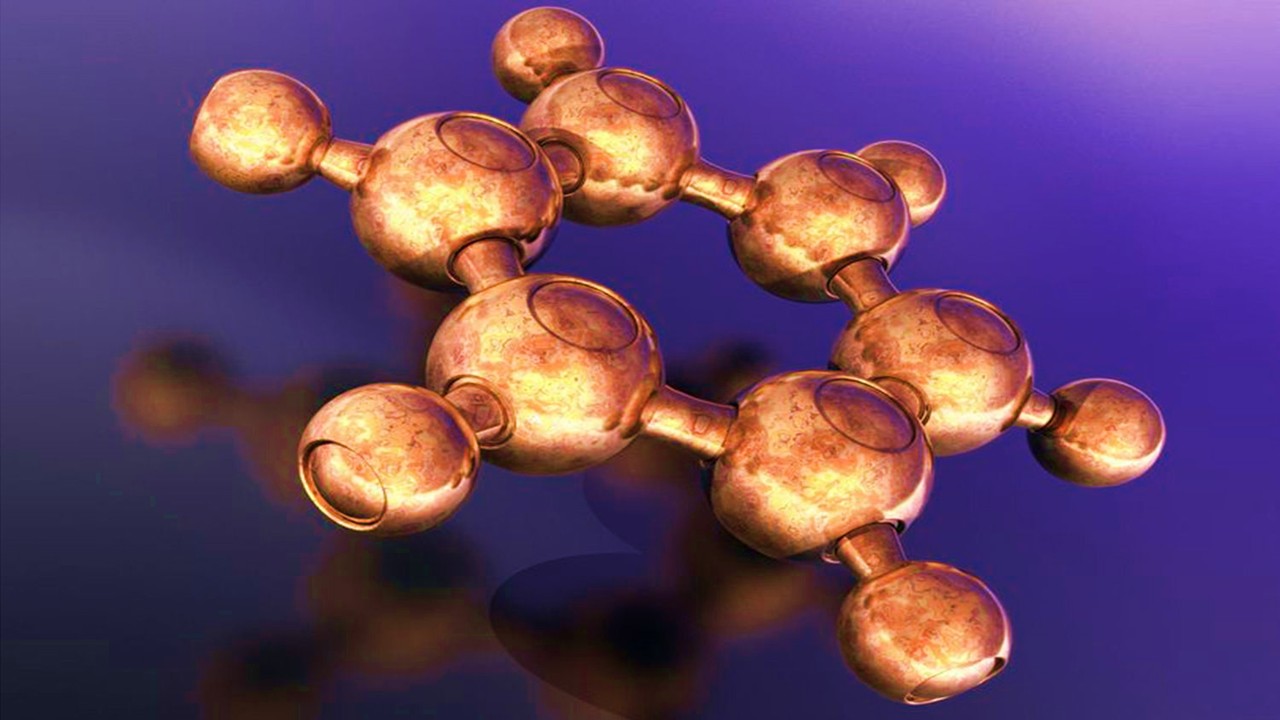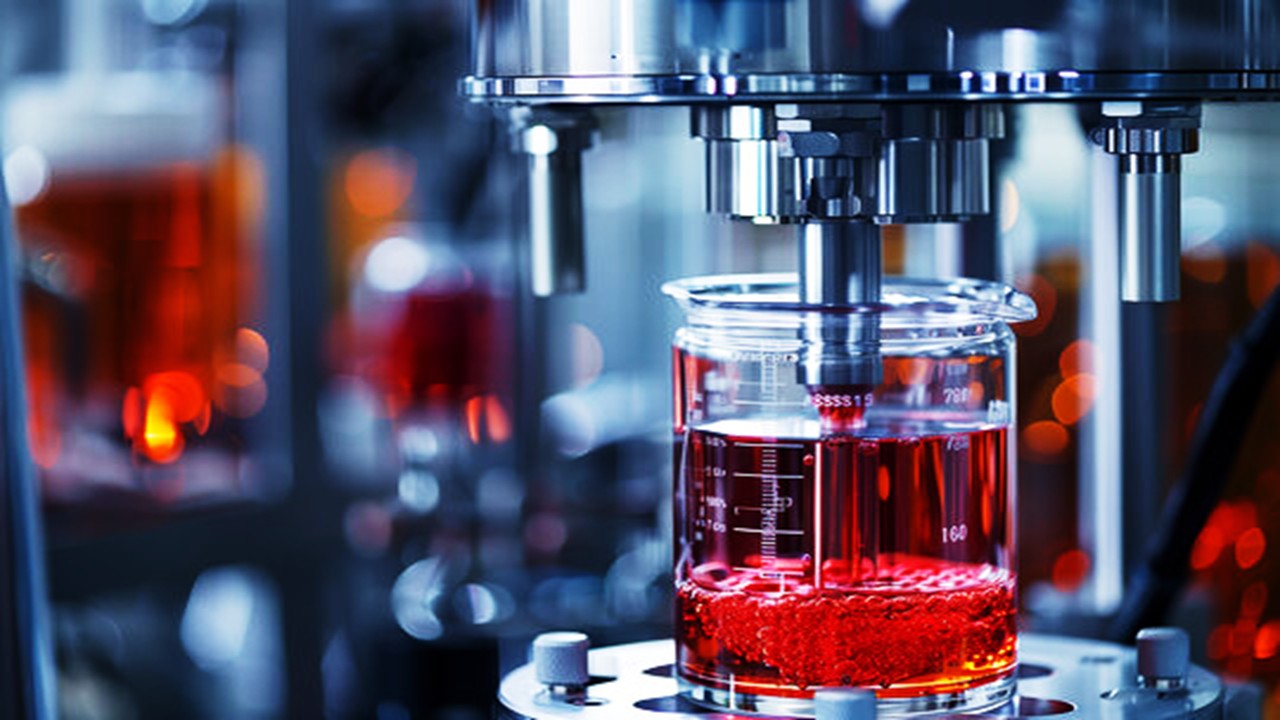The pharmaceutical industry’s massive thermal energy demands—from steam-heated jacketed reactors to energy-intensive distillations—are being reimagined through innovations that slash heat requirements without compromising reaction precision. Traditional batch processing, where maintaining precise temperature control often consumes more energy than the chemistry itself, is giving way to smarter systems that leverage catalysis, advanced heat integration, and novel reactor geometries. From enzymatic cascades running at ambient temperatures to photoredox flow reactors powered by LEDs, these approaches don’t just reduce energy use—they enable chemistries impossible under conventional thermal regimes. The shift represents both an environmental imperative and a strategic opportunity, as lower-temperature processes often yield cleaner reactions with fewer byproducts and better control over stereochemistry.
Catalytic Cold Chemistry: Doing More with Less Heat
Enzymes and advanced heterogeneous catalysts are rewriting the rules of reaction thermodynamics, enabling transformations at temperatures that would stall traditional synthetic routes. Biocatalysis specialists highlight how engineered transaminases and ketoreductases now perform asymmetric syntheses at 25-40°C—reactions that previously required 80°C+ in organic solvents. These biological catalysts achieve such efficiency by precisely orienting substrates to lower activation barriers rather than relying on brute-force thermal energy.
Transition metal catalysts have undergone similar revolutions. Nanoparticulate palladium on thermally conductive boron nitride supports hydrogenates aryl nitro groups at 30°C—a transformation traditionally needing 100°C under hydrogen pressure. The secret lies in the support material’s ability to dissipate localized heat from exothermic steps, preventing thermal runaway while maintaining activity.
Photocatalysis pushes boundaries further. Visible-light-driven C-N couplings using iridium complexes proceed efficiently at ambient temperature by accessing excited-state reactivity pathways unavailable to ground-state molecules. The approach is particularly valuable for thermally sensitive APIs where traditional heating would degrade products.
The most innovative systems combine multiple catalytic strategies. A reactor might use an enzyme for chiral resolution, a metal catalyst for hydrogenation, and an organocatalyst for asymmetric aldol condensation—all in one pot at 35°C. Such multi-catalytic cascades eliminate the need for intermediate heating and cooling cycles that dominate batch process energy use.
Emerging work focuses on “cold active sites”—engineered catalytic pockets that remain flexible and functional at low temperatures. These designs borrow from psychrophilic (cold-loving) organisms’ enzymes, incorporating strategic glycine residues that prevent low-temperature rigidity.
Flow Reactor Revolution: Precision Heating Where It Matters
Continuous flow systems are slashing thermal energy waste by heating only microliter-scale reaction volumes rather than entire reactor vessels. Chemical engineers emphasize that flow’s high surface-to-volume ratio enables near-instantaneous heating and cooling—eliminating the prolonged temperature ramps that consume most batch reactor energy.
Microfluidic heat exchangers exemplify this efficiency. Thin-film reactors with integrated resistive heating elements can raise reaction streams from 20°C to 150°C in milliseconds, then cool them equally fast post-reaction. The localized heating prevents thermal degradation that plagues batch processes trying to maintain high bulk temperatures.
Photothermal flow reactors add another dimension. Gold nanoparticle-doped channels convert specific LED wavelengths directly into heat within flowing reactants—a method achieving 90% energy transfer efficiency versus 30-40% for jacketed batch reactors. The nanoparticles’ plasmonic resonance can be tuned to match different reaction temperature requirements simply by adjusting LED frequency.
The most advanced systems employ segmented flow. Alternating immiscible fluid segments (like gas-liquid Taylor flows) create isolated reaction pockets where temperature is controlled independently via microheaters. This allows multistep syntheses with different optimal temperatures to proceed continuously without reheating the entire stream.
Future directions include “cold-hot” oscillating flow reactors that exploit exothermic steps to power endothermic ones—creating self-sustaining temperature cycles requiring minimal external energy input.
Phase-Change Materials: Thermal Batteries for Reaction Control
Encapsulated phase-change materials (PCMs) are transforming reactor temperature management by absorbing or releasing heat at precisely defined temperatures. Materials scientists note that these “thermal batteries” maintain isothermal conditions without continuous energy input—a game-changer for exothermic reactions prone to runaway heating.
Eutectic salt mixtures serve as high-temperature PCMs. Reactors lined with NaNO₃-KNO₃ capsules maintain 220°C for esterifications by absorbing excess heat during exotherms and releasing it during cooling phases. The systems eliminate the need for energy-intensive trim heating while improving yield by preventing thermal spikes.
Paraffin-based PCMs handle milder conditions. Dodecane-filled polymer microspheres embedded in reactor walls melt at 35°C, keeping enzyme-catalyzed reactions within their narrow optimal range despite ambient fluctuations. The microencapsulation prevents paraffin from contaminating reactions while allowing efficient heat transfer.
The most innovative designs incorporate tunable PCMs. Magnetic nanoparticle-doped phase-change materials can have their transition temperatures adjusted in real-time by applied fields—enabling dynamic reaction control without reheating. Other systems use photoresponsive PCMs that change phase only when illuminated, allowing light-directed temperature zones.
Emerging applications include PCM-based “thermal switches.” These devices use shape-memory alloys to physically connect or disconnect heat sources based on reaction needs—a passive control system that reduces energy waste from continuous heating/cooling cycles.
Electrochemical Activation: Bypassing Thermal Steps Entirely
Electrosynthesis is replacing thermal activation by using applied potentials to drive reactions at ambient temperature—an approach that selectively targets electron transfer steps without heating entire solvent volumes. Electrochemists highlight how this method accesses reactive intermediates (like radical species) that would require extreme heat to generate thermally.
Anodic oxidations demonstrate the energy savings. Traditional alcohol-to-aldehyde conversions need 80°C+ with chromium oxidants, while electrochemical methods achieve cleaner conversions at 25°C using only electrons and a catalytic nickel oxide anode. The electrode’s overpotential provides the exact energy needed for dehydrogenation—no wasted heat.
Paired electrolysis takes this further. A single electrochemical cell might oxidize an alcohol at the anode while reducing a nitro group at the cathode—two transformations that would normally require separate thermal steps. The system’s bipolar membrane maintains pH gradients that enable incompatible reactions to proceed simultaneously.
The most advanced setups incorporate photoelectrochemistry. Semiconductor electrodes like tungsten-doped bismuth vanadate use visible light to lower oxidation potentials—combining photonic and electrical energy for reactions that neither method could drive alone. These systems are particularly effective for API oxidations prone to thermal degradation.
Future reactors may integrate redox-active electrolytes that shuttle electrons between spatially separated reaction zones—enabling electrochemical syntheses without traditional cell configurations.
Microwave-Assisted Chemistry: Beyond Simple Heating
Modern microwave reactors have evolved far beyond kitchen-inspired designs, now delivering energy directly to molecular bonds rather than indiscriminately heating solvents. Physicists emphasize that tuned microwave frequencies can excite specific dipoles or conduction electrons—a targeted approach requiring orders of magnitude less energy than conventional heating.
Susceptor-assisted systems exemplify this precision. Silicon carbide nanoparticles dispersed in reactions absorb 2.45 GHz radiation and convert it to heat through dielectric loss—but only when in proximity to catalyst sites. This creates microscopic “hot spots” exactly where energy is needed, leaving bulk solvent near ambient temperature.
Continuous microwave flow reactors achieve similar selectivity. The standing wave patterns in tuned cavities create alternating zones of high and low electric field intensity—reactants experience pulsed activation as they flow through these regions, preventing thermal degradation from prolonged exposure.
The most innovative designs incorporate frequency agility. Variable-frequency microwave reactors (2-20 GHz) can match different reaction steps’ optimal energies—lower frequencies for ionic intermediates, higher ones for dipole rotations. Some systems even use microwave spectroscopy feedback to adjust frequencies in real-time based on reactant consumption.
Emerging applications include microwave-cryogenic hybrids. These reactors alternate brief microwave pulses with rapid cryogenic cooling—a dynamic regime that maintains overall low temperatures while providing bursts of activation energy exactly when needed.
Mechanochemistry: Grinding Out Molecules Without Solvents
Ball mill and twin-screw extruder-based reactions are eliminating thermal energy needs by using mechanical force to drive transformations—an approach that often works better without solvents or heating. Solid-state chemists note that shear forces and triboelectric effects in these systems can generate localized temperatures and pressures unattainable in solution-phase reactions.
Cocrystal formation benefits particularly. Pharmaceutical cocrystals that require hours of heating in solvent can form in minutes under mechanical grinding—with better polymorph control due to the absence of solvation effects. The mechanical energy precisely aligns molecules for optimal crystal packing without thermal randomization.
Catalytic mechanochemistry is pushing boundaries further. Metal-organic frameworks (MOFs) with flexible linkers act as “molecular anvils”—their pores collapse under pressure to bring substrates into reactive proximity while simultaneously activating catalysts. This eliminates the need for thermal activation of either reactants or catalysts.
The most advanced systems combine mechanical and photochemical activation. Piezoelectric materials like zinc oxide generate reactive electric fields when crushed—simultaneously applying physical force and electrochemical potential to drive reactions neither could accomplish alone.
Future directions include “mechanoredox” chemistry—using mechanical force to generate excited-state species normally accessible only through photochemistry or extreme heat.
Cold Plasma Activation: The Fourth State of Matter for Synthesis
Non-thermal plasma reactors are accessing exotic reaction pathways at ambient temperature by creating localized high-energy electron clouds—essentially decoupling electronic excitation from bulk heating. Plasma physicists describe this as “cold combustion”—maintaining electron temperatures of 10,000K+ while keeping molecules near room temperature.
Dielectric barrier discharges enable selective oxidations. Oxygen plasma generates atomic oxygen and ozone that oxidize alcohols to aldehydes at 30°C—transformations needing 80°C+ with chemical oxidants. The short-lived reactive species prevent over-oxidation common in thermal methods.
Catalytic plasma systems are particularly efficient. Gold nanoparticles dispersed on porous alumina act as electron sinks—focusing plasma energy onto adsorbed reactants while preventing wasteful gas-phase reactions. This approach achieves C-H activations at ambient conditions that would require 150°C thermally.
The most innovative designs incorporate magnetic field confinement. Rotating magnetic fields contain plasma in specific reactor zones—precisely directing energy to where it’s needed rather than letting it dissipate. Other systems use pulsed plasmas synchronized with reactant injection for maximum efficiency.
Emerging applications include plasma-electrochemical hybrids—using plasma-generated reactive species to lower overpotentials in paired electrolysis systems.
AI-Optimized Thermal Management: Predictive Energy Minimization
Machine learning models are revolutionizing reactor energy use by predicting optimal temperature profiles rather than relying on empirical trial-and-error. Process engineers emphasize that these systems consider hundreds of variables—from solvent heat capacity to catalyst deactivation kinetics—to identify the minimal thermal input needed.
Reinforcement learning algorithms excel at dynamic optimization. A model might determine that oscillating between 50°C and 70°C every 90 seconds gives better yield than maintaining constant 60°C—a counterintuitive protocol that minimizes side reactions while saving energy.
Digital twins take this further. Virtual reactor simulations trained on historical data can test thousands of temperature scenarios in silico before implementing the most efficient one physically. Some systems incorporate real-time infrared thermography to continuously refine these models during operation.
The most advanced implementations involve “energy-aware” reaction planning. Algorithms design synthetic routes not just for yield and purity—but for minimal thermal energy input across all steps. This might favor a longer, low-temperature enzymatic cascade over a high-temperature metal-catalyzed shortcut.
Future systems may integrate quantum computing to model energy flows at the molecular level—enabling reactor designs that exploit quantum effects for near-zero-energy barrier crossings.
The New Thermodynamics of Drug Manufacture
The revolution in pharmaceutical reactor design represents more than energy savings—it’s a fundamental rethinking of how molecular transformations are powered. By moving beyond brute-force heating to targeted energy delivery through catalysis, electrochemistry, and advanced materials, these approaches achieve cleaner syntheses with unprecedented control.
The implications extend beyond sustainability. Low-temperature processes often yield superior selectivity—sparing sensitive functional groups and stereocenters that thermal methods damage. The ability to precisely localize energy input enables reaction sequences impossible in conventional bulk-heated systems.
As these technologies mature, we may see “cold” pharmaceutical plants where most synthesis occurs near ambient temperature—with only highly specialized steps requiring traditional heating. In this future, energy efficiency won’t come from better insulation or heat recovery—but from making thermal energy largely obsolete through smarter chemistry.
The era of burning fossil fuels to make medicines is ending—replaced by molecular precision that puts every joule exactly where it’s needed. The future of pharmaceutical manufacturing isn’t just cooler—it’s fundamentally colder.
Engr. Dex Marco Tiu Guibelondo, B.Sc. Pharm, R.Ph., B.Sc. CpE
Editor-in-Chief, PharmaFEATURES

Subscribe
to get our
LATEST NEWS
Related Posts

Chemistry, Manufacturing & Controls
The Biomass Imperative: Nature’s Chemical Feedstock for a Post-Petroleum World
The transition from fossil to biomass feedstocks represents more than substitution—it’s a fundamental reimagining of chemical manufacturing’s first principles.
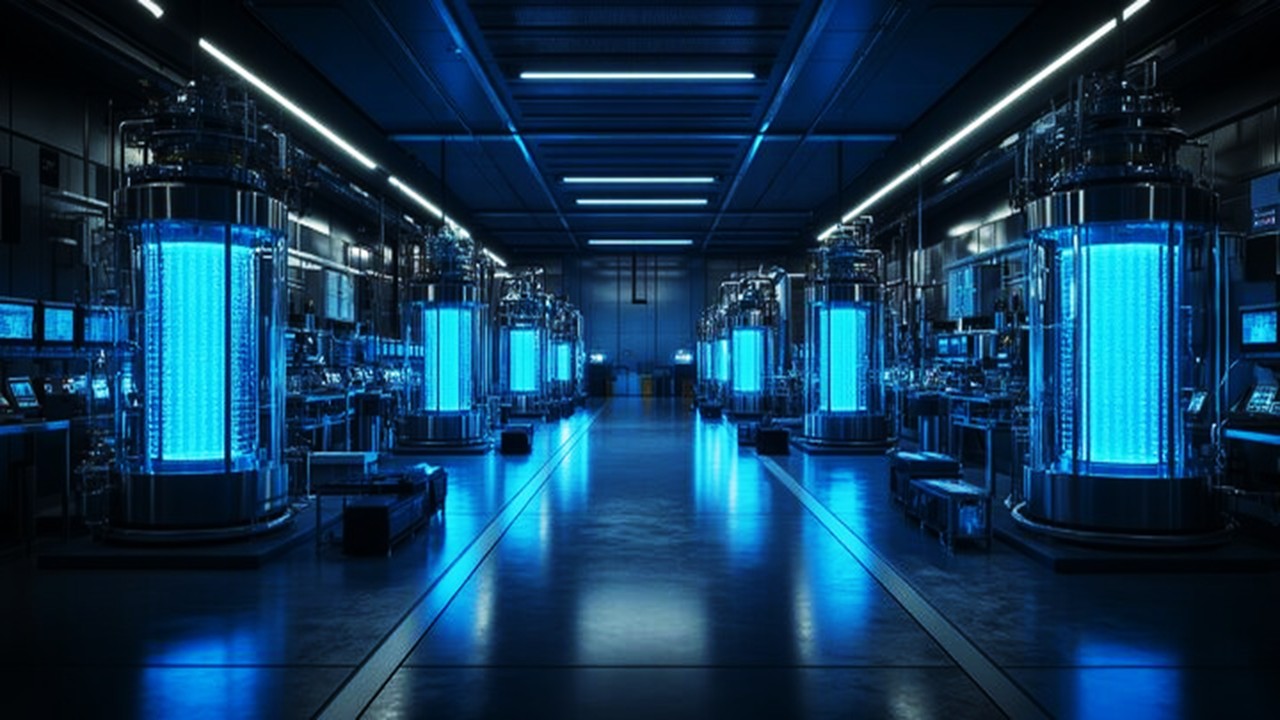
Chemistry, Manufacturing & Controls
Precision Engineering: The Science of Optimizing Bioreactor Conditions
Bioreactors serve as the cornerstone of modern bioprocessing, enabling the scalable production of therapeutics, biofuels, and engineered tissues.
Read More Articles
Algorithmic Trials: How Decision Theory is Reshaping Decentralized Clinical Research
Decision theory offers a robust mathematical framework to design trials that enhance efficiency, uphold ethical standards, and better reflect the complexities of real-world therapeutic contexts.
Polarity Alchemy: Strategic Charge Manipulation in Contemporary Drug Design
The future promises tunable therapies with polarity adjustable by light, magnetic fields, or bioorthogonal triggers.
